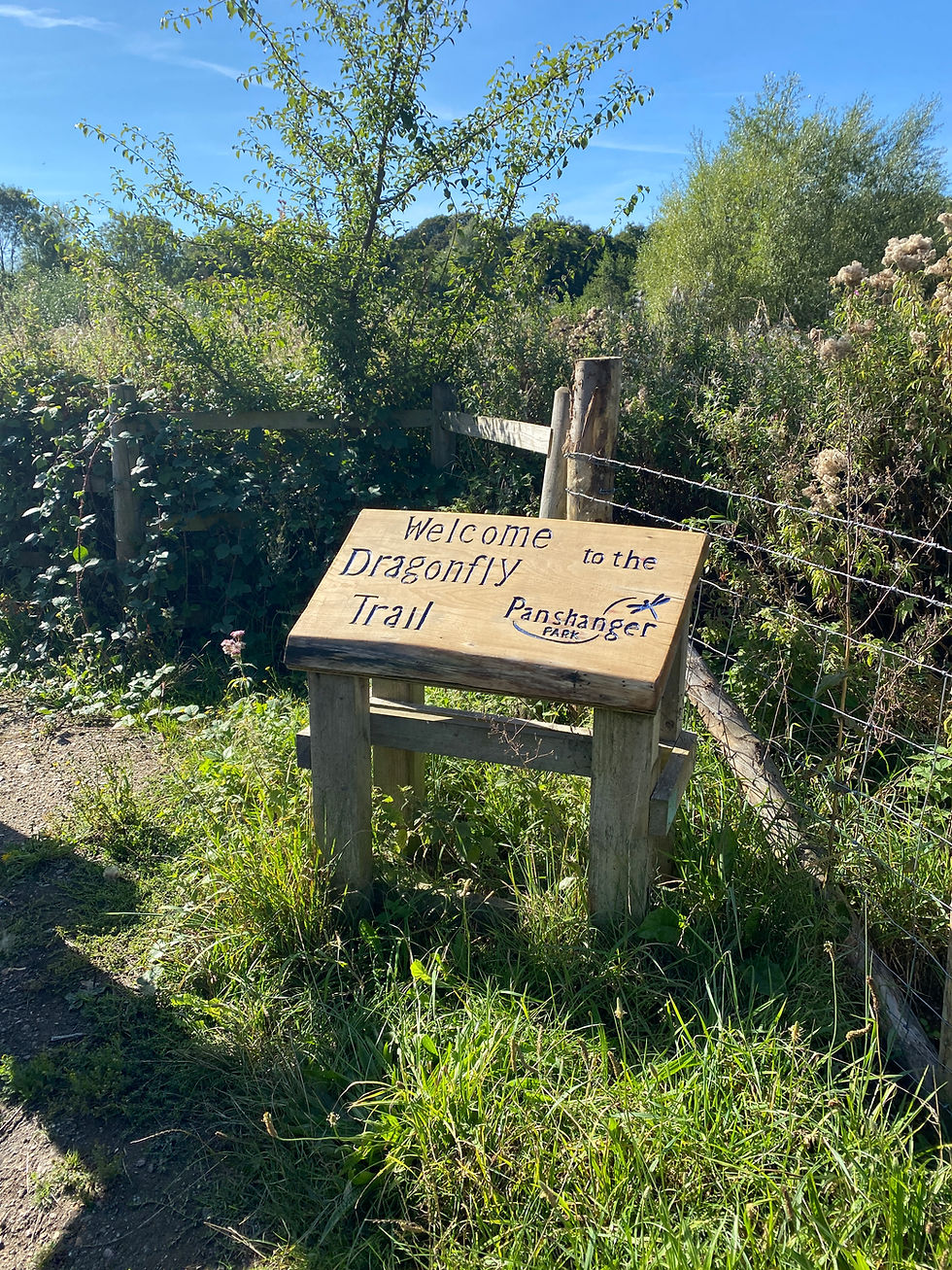Rewilding and the Role of People: Rethinking Our Place in the Landscape
- Shaun Dowman

- May 19
- 2 min read
For most of Britain’s ecological history our landscapes were anything but static. They were shaped by the continual movement, disturbance and browsing of large herbivores; megafauna such as aurochs, elk, wild horses, and even elephants. These animals opened up glades, maintained woodland edges, trampled riverbanks and created the complex mosaic of habitats that so many of our native species evolved to depend on.

Fast forward to today, and not only are these large animals gone, but the human systems that replaced them often simplify the land even further. The result is a land that is tidy, functional, and productive, but increasingly quiet. This raises an uncomfortable question: if the large herbivores and top predators that once structured our ecosystems are gone, and we have taken their place, are we doing enough to replicate the dynamic, messy processes they once provided?
At a recent FWAG East event hosted by Sandon Bury Estate, this question was front and centre. While the day was an opportunity to see rewilding in action, it also became a prompt to look more deeply at the way we manage land, and the ways we might need to change.

Sandon Bury has spent the past five years allowing areas of former arable land to naturally regenerate to grassland, scrub and wood pasture. The estate is gently shifting away from control and towards ecological process. But even here, thoughtful human intervention is still essential. Deer control, for instance, has been vital to ensure vegetation growing through natural regeneration isn’t eaten before it can establish. This kind of work is not an abandonment of land; it’s a different kind of land management. One that recognises that rewilding is not about doing nothing, but about doing less of the wrong kind of management, and more of the right kind of disturbance.
Despite the perception that rewilding takes land away from food production, projects like Sandon Bury make the scale of that impact clear; their rewilding area accounts for just 0.15% of Hertfordshire’s farmed land. Of course, rewilding at scale isn’t realistic, or appropriate, across most of the East of England’s highly productive farmland. But that doesn’t mean the lessons of rewilding don’t apply. Every farm can take inspiration from rewilding by exploring ways to restore ecological complexity, for example, by allowing hedgerows to grow out and flower, managed on a cyclical basis with periods of regrowth followed by laying or coppicing. Farms can also restore ponds or let field corners develop into scrub, then lightly manage these areas to maintain structure and ensure they don’t become too dense.

Nature doesn’t need us to be absent, it needs us to be active participants who create the conditions where nature can thrive through the right kind of disturbance, in landscapes that are dynamic, diverse, and resilient.




Comments